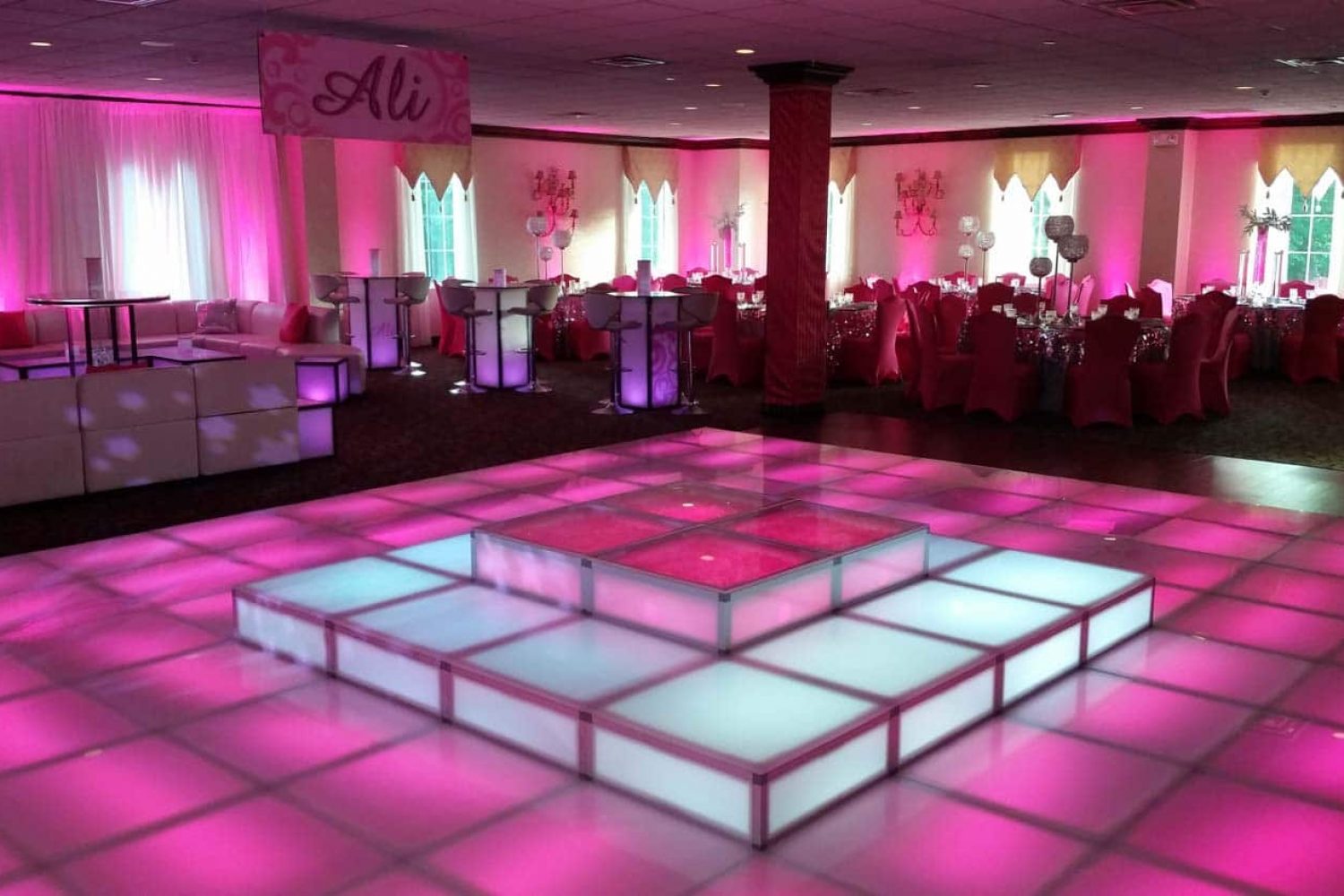The Revolutionary Impact in Lighting on Enhancing Movement Surface Beauty
Wiki Article
Illumination plays a crucial role in shaping the ambiance of a dance floor. It can change a simple space into an thrilling environment that improves the total experience for performers and spectators alike. The correct lighting can influence the feeling, energy, and even the style of the performance being performed. By using multiple types of lighting, such as spotlights, colored illumination, and strobe effects, event planners can design a lively environment that captivates the spectators and invites participation.

One of the key functions of lighting on a dancing area is to highlight the performers. Spotlights can be used to focus attention on individual dancers or groups, making them the center of attraction. This technique not only showcases their actions but also adds a dimension of theatricality to the performance. When dancers are lit properly, their facial expressions and skills become more apparent, allowing the audience to appreciate their abilities. This targeted lighting can also help to establish a story, guiding the audience through the performance.
In addition to highlighting performers, colored lights can greatly affect the atmosphere of the dancing area. Various colors evoke different emotions; for example, warm colors like red and orange can create a sense of excitement and energy, while cooler colors like blue and emerald can promote calmness and ease. By thoughtfully using colored illumination, organizers can manipulate the atmosphere to match the theme of the event or the style of the performance. This considerate approach to lighting setup can improve the complete experience for all involved.
Flashing lights and other active lighting features can also add thrill to a dance floor. These effects can create a sense of beat and motion that matches the soundtrack being played. When synchronized with the beat, strobe lights can make the dancing area feel alive, inviting dancers to groove in sync with the flashing lights. This interaction between light and music can elevate the energy of the occasion, making it more pleasurable for both dancers and spectators. The use of such effects requires careful consideration to ensure they improve rather than divert from the show.
Finally, the overall design of the useful reference lighting arrangement is crucial for creating a cohesive aesthetic on the dancing area. A carefully planned lighting strategy considers the layout of the area, the kind of dance being performed, and the spectators' experience. By integrating various lighting techniques, such as ambient lighting, highlighting, and unique features, planners can create a visually impressive setting. This attention to detail not only improves the show but also creates a lasting impression on the spectators, making the occasion memorable. In conclusion, the powerful influence of lighting is vital in enhancing dancing area aesthetics, creating an captivating and pleasurable experience for all.